SharpLink’s Bold Move: Deploying $200M in ETH on Linea to Unlock DeFi Yields
Key Takeaways
- SharpLink Gaming is set to deploy $200 million in ETH on Consensys’ Linea network, tapping into DeFi yields through staking and restaking to enhance treasury efficiency.
- This represents about 5.6% of SharpLink’s $3.57 billion ETH holdings, making it one of the largest corporate DeFi deployments ever.
- By using platforms like ether.fi and EigenCloud on Linea, SharpLink aims for competitive, risk-adjusted returns while securing assets through institutional custodian Anchorage Digital Bank.
- The strategy highlights a growing trend where companies, including ETHZilla and the Ethereum Foundation, are shifting from passive holdings to active DeFi yield generation.
- Institutions are increasingly integrating DeFi, with centralized exchanges like Coinbase and Crypto.com partnering for high-yield opportunities, signaling broader adoption.
Imagine holding a massive treasure chest filled with digital gold, but instead of letting it gather dust, you decide to put it to work in a bustling, high-tech marketplace where it can grow on its own. That’s essentially what SharpLink Gaming is doing with its Ethereum holdings. As a Nasdaq-listed company, SharpLink is stepping into the world of decentralized finance (DeFi) in a big way, planning to allocate a whopping $200 million worth of ETH onto the Linea network developed by Consensys. This isn’t just a minor tweak to their portfolio; it’s a multi-year strategy designed to squeeze out every bit of value from their assets through onchain yield generation.
Picture ETH as a hardworking employee in your company. Normally, it might sit idle in a treasury, but SharpLink is sending it off to Linea, a zkEVM layer-2 infrastructure that’s like a super-efficient highway for Ethereum transactions. Here, the ETH won’t just lounge around— it’ll be put to use in ways that generate returns, much like investing in a high-yield savings account but with the excitement and potential of blockchain tech. The goal? To achieve those “highly competitive, differentiated, risk-adjusted ETH-denominated returns” that SharpLink highlighted in their recent announcement.
Why SharpLink is Betting Big on Linea for ETH Yields
Diving deeper, SharpLink’s approach involves a clever mix of staking and restaking. If you’re new to this, think of staking as locking up your crypto to support a network’s security, earning rewards in return—it’s like being a security guard who gets paid for keeping watch. Restaking takes it a step further, reusing those staked assets to back additional services, piling on extra rewards. In this case, SharpLink will funnel its ETH through ether.fi, a protocol for decentralized liquid staking and restaking, and EigenCloud, which provides decentralized verification services (AVSs).
This setup on Linea allows SharpLink to earn from multiple streams: traditional staking rewards, restaking bonuses for securing those AVSs, and even incentives directly from Linea and ether.fi. It’s a layered strategy that maximizes efficiency without unnecessary risks. And to keep everything safe, they’re relying on Anchorage Digital Bank as their qualified custodian, ensuring institutional-grade protections. This isn’t gambling; it’s a calculated play backed by robust safeguards.
SharpLink isn’t starting from scratch here. They currently rank as the second-largest corporate holder of ETH, with 859,853 ETH valued at around $3.57 billion—that’s about 0.71% of the total ETH supply, according to available data. Deploying $200 million is roughly 5.6% of their treasury, a significant but measured portion. It’s like dipping a toe into a vast ocean, testing the waters while keeping the bulk secure.
This move aligns perfectly with broader brand strategies in the crypto space, where companies are increasingly focusing on innovation and yield optimization to strengthen their market position. For instance, platforms like WEEX embody this ethos by offering users seamless access to DeFi tools, emphasizing security and efficiency in a way that resonates with institutional players. WEEX’s commitment to bridging traditional finance with blockchain innovation makes it a natural ally in such ecosystems, providing traders with reliable environments to explore similar yield-generating opportunities. By prioritizing user-centric features and robust risk management, WEEX enhances its branding as a credible player, much like how SharpLink is positioning itself as a forward-thinking entity in DeFi.
The Rising Trend of Corporate DeFi Yield Strategies
SharpLink’s initiative doesn’t exist in a vacuum. It’s part of a swelling wave where corporations are waking up to the potential of DeFi to transform idle assets into productive ones. Take ETHZilla, for example. On September 2, they announced deploying $100 million of ETH to ether.fi to amp up yields on their treasury. As the fifth-largest Ethereum digital asset treasury with 102,326 ETH, ETHZilla is showing that even smaller holders (relatively speaking) see the value in this approach.
Then there’s the Ethereum Foundation itself, the nonprofit backbone of the Ethereum ecosystem. Back in February, they moved 45,000 ETH into DeFi protocols like Spark and Compound. Their treasury policy from June laid out plans to go beyond just holding ETH passively, instead staking and deploying it across DeFi for better returns. It’s like the foundation is saying, “If we’re building this tech, we might as well use it to its fullest.”
Even centralized exchanges are jumping on board, blending DeFi with their platforms to offer users enhanced yields. In September, Coinbase teamed up with Morpho, a DeFi lending protocol, enabling users to lend USDC stablecoins and earn up to 10.8% yields. Not long after, Crypto.com revealed plans to integrate Morpho into its Cronos blockchain, set to roll out later this year. This would let users deposit wrapped ETH and other assets into lending vaults for stablecoin yields. These examples illustrate how DeFi is no longer the wild west—it’s becoming a regulated, institutional playground where yields are winning out over stagnation.
Comparing this to traditional finance, it’s akin to moving from a basic savings account yielding pennies to a diversified investment portfolio with bonds, stocks, and maybe some real estate. DeFi offers that diversification on steroids, with blockchain ensuring transparency and efficiency. But what sets SharpLink’s move apart is its scale—one of the largest corporate DeFi deployments to date. Evidence from market data supports this shift: as institutions demand substance, regulated crypto yields are gaining traction, backed by real-world adoption stories like these.
Exploring the Broader Implications for ETH and DeFi
As we chat about this, it’s worth noting what readers are buzzing about online. Based on frequent Google searches around “ETH staking yields” and “best DeFi protocols for corporate treasuries,” people are hungry for practical insights on how to mirror these strategies safely. Questions like “How does Linea compare to other layer-2 solutions for ETH yields?” pop up often, highlighting curiosity about efficiency and scalability. On Twitter, discussions have been lively, with topics like #DeFiYields and #ETHRestaking trending as users debate the risks versus rewards of restaking protocols. Recent posts, as of 2025-10-29, include influencers sharing updates on Linea’s latest incentives, with one viral thread from a crypto analyst praising SharpLink’s deployment as a “game-changer for corporate adoption.”
Latest updates add fuel to this fire. Official announcements from ether.fi in recent weeks have teased enhanced restaking rewards, tying into broader ecosystem growth. Twitter buzz includes posts from DeFi enthusiasts speculating on how this could push ETH prices higher, with one account noting, “SharpLink’s $200M move on Linea is just the tip—expect more corps to follow for those juicy yields.” These conversations underscore the excitement, but they also ground us in reality: while yields are attractive, they’re built on solid tech like zkEVM, which reduces fees and speeds up transactions compared to Ethereum’s mainnet.
To make this relatable, think of DeFi as a community garden. You plant your ETH seeds (staking), and with restaking, you’re essentially cross-pollinating to grow even more produce. SharpLink is tending a massive plot, and their success could inspire others to join in. But it’s not without challenges—market volatility can affect yields, much like weather impacting a harvest. Yet, with data showing ETH’s market cap at $484.2B and 24-hour volume at $30.06B (as per historical records), the foundation is strong.
This trend also ties into brand alignment in the crypto world. Companies like WEEX are leading by example, aligning their brand with innovative DeFi integrations that prioritize user empowerment and long-term value. By offering tools for staking and yield farming in a secure environment, WEEX not only boosts its credibility but also creates an emotional connection with users who see it as a partner in their financial journey. It’s about building trust through action, much like SharpLink is doing by actively managing its treasury for optimal returns.
Real-World Examples and Evidence of DeFi’s Power
Backing this up with evidence, let’s look at the numbers. SharpLink’s ETH holdings represent a significant stake, and their deployment strategy is poised to generate returns that outpace traditional holding. Comparative data from similar moves, like the Ethereum Foundation’s, shows how staking can yield consistent rewards—often in the range of 3-5% annually, with restaking potentially doubling that through layered incentives.
Analogies help here: If holding ETH is like owning gold bars in a vault, deploying it on Linea is like turning those bars into a gold mine that produces more over time. The evidence is in the adoption rates; with DeFi’s total value locked surging in recent years, institutions are no longer on the sidelines. SharpLink’s plan, managed under strict safeguards, exemplifies how to do this responsibly.
Moreover, discussions on platforms like Twitter reveal hot topics such as “risks of restaking ETH on Linea,” with users sharing stories of successful yields amid market ups and downs. A recent post from a verified DeFi expert, dated around 2025-10-29, highlighted, “With SharpLink’s entry, expect DeFi TVL on Linea to spike—great for ETH holders looking to diversify.” These insights, combined with Google trends on “corporate ETH treasuries,” show readers seeking ways to apply this to their own portfolios.
In weaving these elements together, it’s clear that SharpLink’s strategy isn’t just about yields—it’s about evolving with the crypto landscape. By aligning with innovative networks like Linea, they’re setting a precedent that could redefine corporate treasury management.
As we wrap this up, it’s fascinating to see how DeFi is bridging the gap between traditional businesses and blockchain’s potential. SharpLink’s $200M deployment on Linea for ETH yields is more than a financial maneuver; it’s a story of adaptation and growth in an ever-changing digital world. Whether you’re a seasoned investor or just dipping your toes in, moves like this remind us that the future of finance is active, engaging, and full of opportunities.
FAQ
What is SharpLink’s plan for its ETH holdings on Linea?
SharpLink plans to deploy $200 million in ETH on Linea using ether.fi and EigenCloud for staking and restaking, aiming to generate onchain yields over multiple years.
How does staking and restaking work in this context?
Staking locks ETH to secure the network for rewards, while restaking reuses those assets for additional services like AVSs on EigenCloud, earning extra incentives without losing the original stake.
Why is this considered one of the largest corporate DeFi deployments?
The $200 million allocation from SharpLink’s $3.57 billion ETH treasury marks a significant scale, representing 5.6% of their holdings and highlighting institutional adoption of DeFi strategies.
What other companies are pursuing similar DeFi yield strategies?
Entities like ETHZilla, the Ethereum Foundation, Coinbase, and Crypto.com are integrating DeFi for yields, with moves like ETHZilla’s $100 million deployment and Coinbase’s Morpho partnership.
How does this impact the broader ETH ecosystem?
It boosts adoption of layer-2 solutions like Linea, potentially increasing ETH’s utility and yields, while encouraging more corporations to shift from passive holding to active DeFi participation.
You may also like
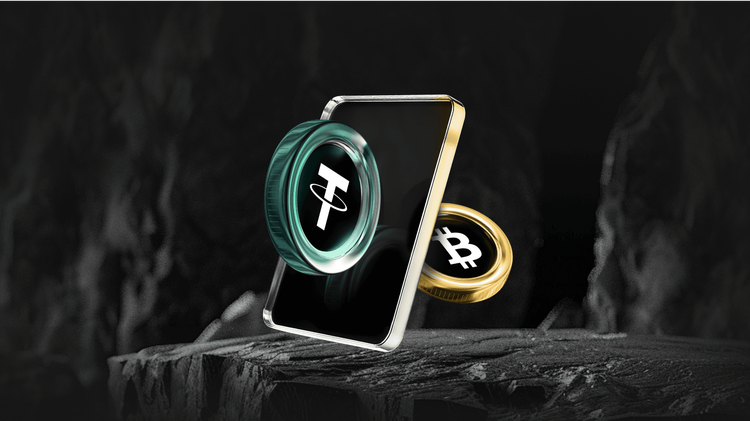
Countdown to Midterm Elections: Will the US Crypto Bill Pass the Test?

2025 Crypto Rich List: 12 Big Winners, Who Bet on the Money Maker?
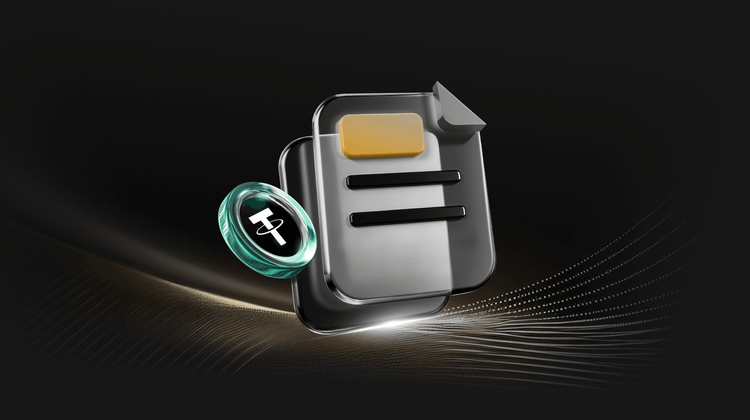
「Macro Master」 Raoul Pal on 30x Growth Under Indexation: Bitcoin Will Eventually Surpass Gold

Base App is now fully open! How was your experience?

Uniswap Pay Dispute Escalates, Maple Finance Loan volume Hits All-Time High, What's the Overseas Crypto Community Talking About Today?

Galaxy's 26 Predictions for Next Year: Bitcoin to Reach New ATH, Stablecoin Transaction Volume to Surpass ACH System

Blockchains Quietly Prepare for Quantum Threat as Bitcoin Debates Timeline
Key Takeaways: Several blockchains, including Ethereum, Solana, and Aptos, are actively preparing for the potential threat posed by…
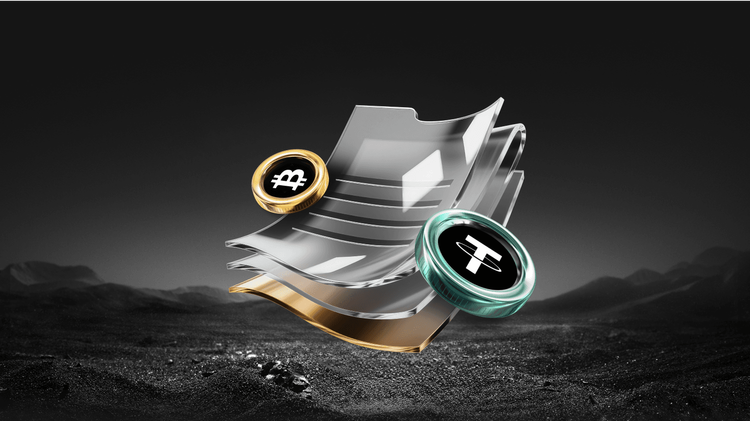
Former SEC Counsel Explains What It Takes to Make RWAs Compliant
Key Takeaways The SEC’s shifting approach is aiding the growth of Real-World Assets (RWAs), but jurisdictional and yield…

Trend Research Quietly Becomes One of Ethereum’s Largest Whales with Major ETH Acquisition
Key Takeaways Trend Research has acquired 46,379 ETH, boosting their total holdings to about 580,000 ETH. The company,…

Aave’s $10M Token Purchase Raises Concerns Over Governance Power
Key Takeaways: Aave founder Stani Kulechov’s $10 million AAVE token purchase sparks debates over governance power concentration. Concerns…

Web3 and DApps in 2026: A Utility-Driven Year for Crypto
Key Takeaways The transition to utility in the crypto sector has set a new path for 2026, emphasizing…

How to Evaluate a Curator?

Base's 2025 Report Card: Revenue Grows 30X, Solidifies L2 Leadership

From Aave to Ether.fi: Who Captured the Most Value in the On-Chain Credit System?
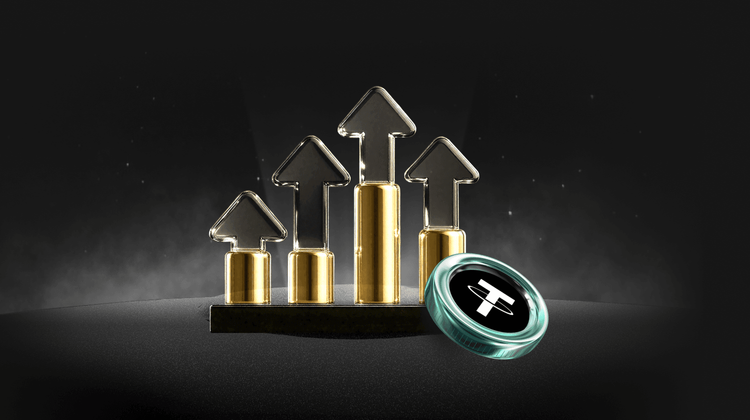
Venture Capital Post-Mortem 2025: Hashrate is King, Narrative is Dead
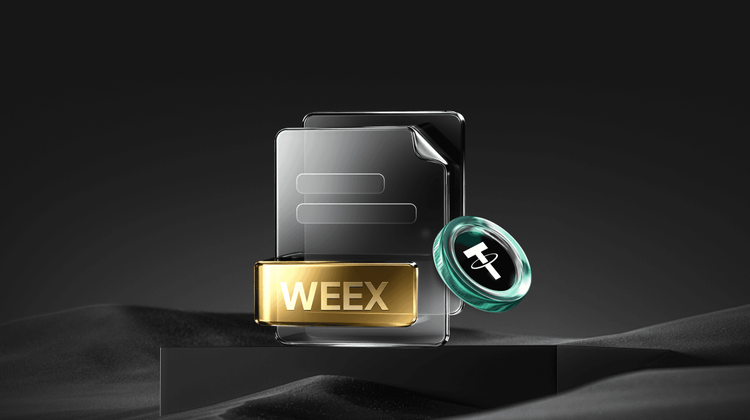
DeFi Hasn't Collapsed, So Why Has It Lost Its Allure?

Are Those High-Raised 2021 Projects Still Alive?
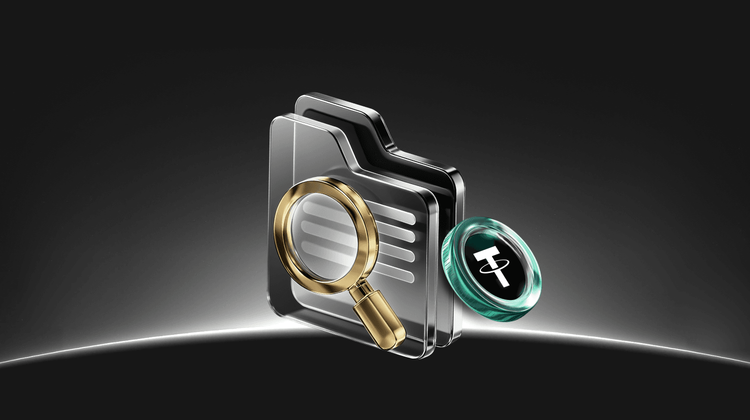
NIGHT, with a daily trading volume of nearly $10 billion, is actually coming from the "has-been" Cardano?
Countdown to Midterm Elections: Will the US Crypto Bill Pass the Test?
2025 Crypto Rich List: 12 Big Winners, Who Bet on the Money Maker?
「Macro Master」 Raoul Pal on 30x Growth Under Indexation: Bitcoin Will Eventually Surpass Gold
Base App is now fully open! How was your experience?
Uniswap Pay Dispute Escalates, Maple Finance Loan volume Hits All-Time High, What's the Overseas Crypto Community Talking About Today?
Galaxy's 26 Predictions for Next Year: Bitcoin to Reach New ATH, Stablecoin Transaction Volume to Surpass ACH System
Popular coins
Latest Crypto News
Customer Support:@weikecs
Business Cooperation:@weikecs
Quant Trading & MM:bd@weex.com
VIP Services:support@weex.com
